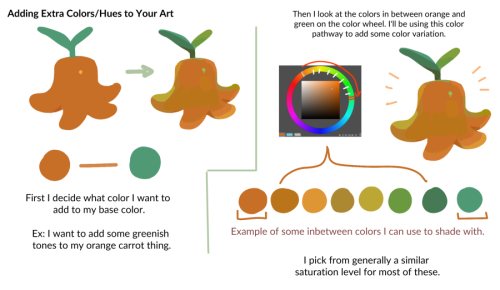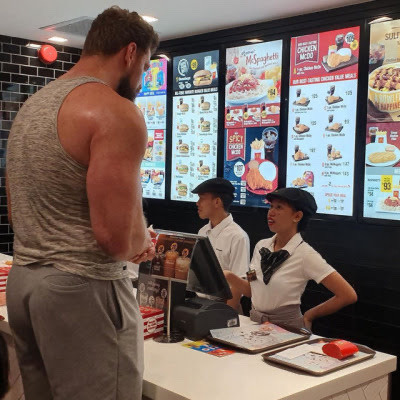Can't Afford Art School?
Can't afford art school?
After seeing post like this 👇

And this gem 👇
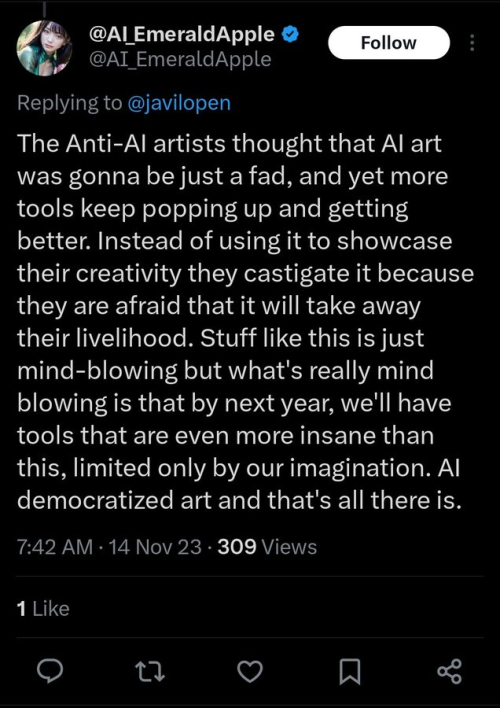
As well as countless of others from the AI generator community. Just talking about how "inaccessible art" is, I decided why not show how wrong these guys are while also helping anyone who actually wants to learn.
Here is the first one ART TEACHERS! There are plenty online and in places like youtube.
📺Here is my list:
Proko (Free)
Marc Brunet (Free but he does have other classes for a cheap price. Use to work for Blizzard)
Aaron Rutten (free)
BoroCG (free)
Jesse J. Jones (free, talks about animating)
Jesus Conde (free)
Mohammed Agbadi (free, he gives some advice in some videos and talks about art)
Ross Draws (free, he does have other classes for a good price)
SamDoesArts (free, gives good advice and critiques)
Drawfee Show (free, they do give some good advice and great inspiration)
The Art of Aaron Blaise ( useful tips for digital art and animation. Was an animator for Disney)
Bobby Chiu ( useful tips and interviews with artist who are in the industry or making a living as artist)
Second part BOOKS, I have collected some books that have helped me and might help others.
📚Here is my list:
The "how to draw manga" series produced by Graphic-sha. These are for manga artist but they give great advice and information.
"Creating characters with personality" by Tom Bancroft. A great book that can help not just people who draw cartoons but also realistic ones. As it helps you with facial ques and how to make a character interesting.
"Albinus on anatomy" by Robert Beverly Hale and Terence Coyle. Great book to help someone learn basic anatomy.
"Artistic Anatomy" by Dr. Paul Richer and Robert Beverly Hale. A good book if you want to go further in-depth with anatomy.
"Directing the story" by Francis Glebas. A good book if you want to Story board or make comics.
"Animal Anatomy for Artists" by Eliot Goldfinger. A good book for if you want to draw animals or creatures.
"Constructive Anatomy: with almost 500 illustrations" by George B. Bridgman. A great book to help you block out shadows in your figures and see them in a more 3 diamantine way.
"Dynamic Anatomy: Revised and expand" by Burne Hogarth. A book that shows how to block out shapes and easily understand what you are looking out. When it comes to human subjects.
"An Atlas of animal anatomy for artist" by W. Ellenberger and H. Dittrich and H. Baum. This is another good one for people who want to draw animals or creatures.
Etherington Brothers, they make books and have a free blog with art tips.
As for Supplies, I recommend starting out cheap, buying Pencils and art paper at dollar tree or 5 below. For digital art, I recommend not starting with a screen art drawing tablet as they are more expensive.
For the Best art Tablet I recommend either Xp-pen, Bamboo or Huion. Some can range from about 40$ to the thousands.
💻As for art programs here is a list of Free to pay.
Clip Studio paint ( you can choose to pay once or sub and get updates)
Procreate ( pay once for $9.99)
Blender (for 3D modules/sculpting, ect Free)
PaintTool SAI (pay but has a 31 day free trail)
Krita (Free)
mypaint (free)
FireAlpaca (free)
Libresprite (free, for pixel art)
Those are the ones I can recall.
So do with this information as you will but as you can tell there are ways to learn how to become an artist, without breaking the bank. The only thing that might be stopping YOU from using any of these things, is YOU.
I have made time to learn to draw and many artist have too. Either in-between working two jobs or taking care of your family and a job or regular school and chores. YOU just have to take the time or use some time management, it really doesn't take long to practice for like an hour or less. YOU also don't have to do it every day, just once or three times a week is fine.
Hope this was helpful and have a great day.
More Posts from Basket-of-references and Others


I am sad and I want to make you sad. I don’t know why but I love herm’s expression here. so much
Writing advice from my uni teachers:
If your dialog feels flat, rewrite the scene pretending the characters cannot at any cost say exactly what they mean. No one says “I’m mad” but they can say it in 100 other ways.
Wrote a chapter but you dislike it? Rewrite it again from memory. That way you’re only remembering the main parts and can fill in extra details. My teacher who was a playwright literally writes every single script twice because of this.
Don’t overuse metaphors, or they lose their potency. Limit yourself.
Before you write your novel, write a page of anything from your characters POV so you can get their voice right. Do this for every main character introduced.
HELP TO MY BELOVED ARTISTS
References is the artist best friend!!!
so here it is some resources for you to use! Please share, so you can help more artist uwu.
i can update this post if i find new things.
LAY FIGURE:
JustSketchMe
Magic Poser Web
Design Doll (this one isn't online, and you have to download)
Easy Pose on Steam (this one isn't a free app, and is more focused on "anime art style")
3D MODEL:
Female body - Sketchfab
Male body - Sketchfab
a lot of poses - POSEMANIACS
Reference Angle
Head Construction - guidelines - by Marc Brunet.
BACKGROUND:
Room Sketcher
SketchUp
BLOGS THAT HELP A LOT:
this amazing post made by starrify-everything
Pose Reference
BONUS:
this amazing hands brushes made by poxamarquinhos
a lot of pinterest bases
“How do I become a better artist?”
By knowing what you want to become better at making art of and practicing.
”uh- that’s a really vague answer actually and [indignant response about how artists should be better at helping that hasn’t been original since that one post talked about it years ago etc etc]”
Okay and that’s fair but can I in response then request people ask less vague questions? Because, coming from an anonymous messenger, whom I know nothing about, not what their current level is, not what their end goal is, not what art style exactly they want to get better in… how are we supposed to help someone who seems to ask what the magic secret is to unlock their artist powers is? Which none of us know either! That’s something that’s deeply personal and subjective, something everyone has to figure out for themselves.
It’s completely different from when someone asks us for advice or tips on something specific, like how light falls on different objects, how to recreate that in different art styles and with different media. Or tips for drawings faces that are more realistic or more cartoony or more anime, etc. Or tips for drawing landscapes. Maybe a step by step guide of how a specific artist draws their specific style. What tips did we follow when we were starting out, what helped us to get to the style we use today. You can ask most of your favourite artists for any specific tips, and they’ll give them to you happily!
But this whole thing of artists getting shit because anons ask them vaguely how is become artist gooder…. We don’t know the secret either! We give you the secret we DO know: know what you want, do research, practice until it’s second nature. That YOU don’t accept that as a good enough answer is because you might not have been specific enough. And it’s unfair that artists have to take shit because of it.
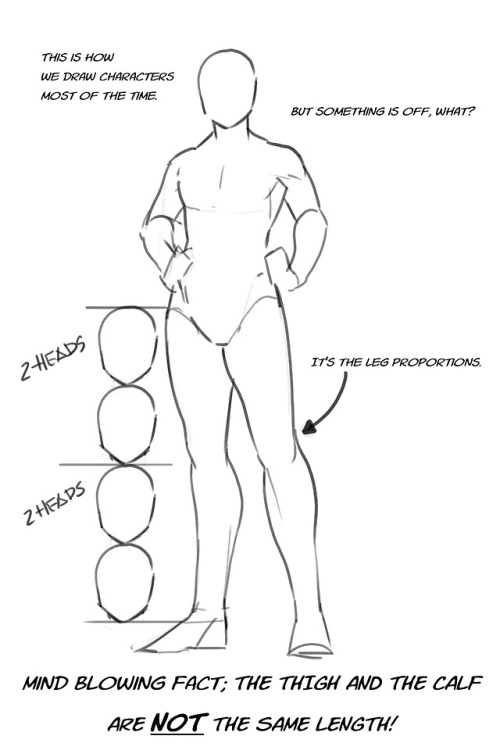
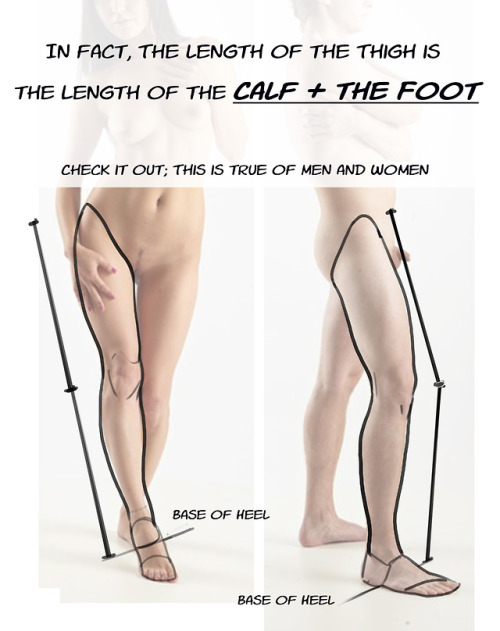
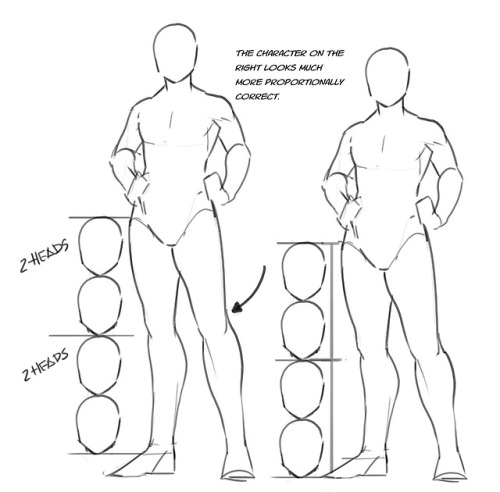
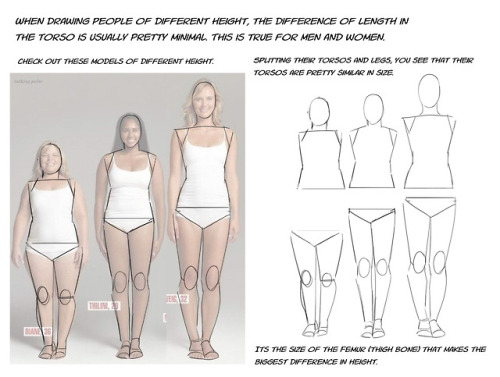
Just a quick thing I put together. This blew my fucking MIND when my anatomy teacher pointed it out. My drawings instantly got better. You might know it (good for you, I wish I knew it before too T_T) or you might not and it might help you get better.
Hello! I hope you dont mind me asking, but how do you draw those amazing black and white comics? (Coffee and The Goddess comics come to mind!) I love the way you do them and would love to know the process you go thru!
this is a pretty broad question and im guessing/hoping you meant “how do you color in black and white in your comics” so have a few random tips about values and paneling and stuff i guess







thank you
-
 solreniscool liked this · 1 week ago
solreniscool liked this · 1 week ago -
 uh-oh-its-bird reblogged this · 1 week ago
uh-oh-its-bird reblogged this · 1 week ago -
 uh-oh-its-bird liked this · 1 week ago
uh-oh-its-bird liked this · 1 week ago -
 obitobi-simp reblogged this · 1 week ago
obitobi-simp reblogged this · 1 week ago -
 obitobi-simp liked this · 1 week ago
obitobi-simp liked this · 1 week ago -
 jester-of-fools reblogged this · 1 week ago
jester-of-fools reblogged this · 1 week ago -
 contemporaryelfinchild liked this · 1 week ago
contemporaryelfinchild liked this · 1 week ago -
 riotouseaterofflesh reblogged this · 1 week ago
riotouseaterofflesh reblogged this · 1 week ago -
 hps liked this · 1 week ago
hps liked this · 1 week ago -
 sirtoastyxiii reblogged this · 1 week ago
sirtoastyxiii reblogged this · 1 week ago -
 sirtoastyxiii liked this · 1 week ago
sirtoastyxiii liked this · 1 week ago -
 libri-legendi-sunt liked this · 1 week ago
libri-legendi-sunt liked this · 1 week ago -
 chocolatecoveredstrawberryportal liked this · 1 week ago
chocolatecoveredstrawberryportal liked this · 1 week ago -
 evepariah liked this · 1 week ago
evepariah liked this · 1 week ago -
 phantomistrash reblogged this · 1 week ago
phantomistrash reblogged this · 1 week ago -
 kayarai reblogged this · 1 week ago
kayarai reblogged this · 1 week ago -
 alexsmainthing liked this · 1 week ago
alexsmainthing liked this · 1 week ago -
 thedoormowse reblogged this · 1 week ago
thedoormowse reblogged this · 1 week ago -
 98lullabies reblogged this · 1 week ago
98lullabies reblogged this · 1 week ago -
 98lullabies liked this · 1 week ago
98lullabies liked this · 1 week ago -
 astros-draws reblogged this · 1 week ago
astros-draws reblogged this · 1 week ago -
 team-lambda--spmie liked this · 1 week ago
team-lambda--spmie liked this · 1 week ago -
 wewenttotheforesttoplay reblogged this · 1 week ago
wewenttotheforesttoplay reblogged this · 1 week ago -
 wewenttotheforesttoplay liked this · 1 week ago
wewenttotheforesttoplay liked this · 1 week ago -
 shadowedseas liked this · 1 week ago
shadowedseas liked this · 1 week ago -
 voltronimus-prime reblogged this · 1 week ago
voltronimus-prime reblogged this · 1 week ago -
 voltronimus-prime liked this · 1 week ago
voltronimus-prime liked this · 1 week ago -
 thebloodeye liked this · 1 week ago
thebloodeye liked this · 1 week ago -
 kissmeagainarthas liked this · 1 week ago
kissmeagainarthas liked this · 1 week ago -
 shabby-blog reblogged this · 1 week ago
shabby-blog reblogged this · 1 week ago -
 cheezybiscuits reblogged this · 1 week ago
cheezybiscuits reblogged this · 1 week ago -
 cheezybiscuits liked this · 1 week ago
cheezybiscuits liked this · 1 week ago -
 octopus-awareness liked this · 1 week ago
octopus-awareness liked this · 1 week ago -
 nerdic4 liked this · 1 week ago
nerdic4 liked this · 1 week ago -
 jimonabim reblogged this · 1 week ago
jimonabim reblogged this · 1 week ago -
 michealawithana reblogged this · 1 week ago
michealawithana reblogged this · 1 week ago -
 michealawithana liked this · 1 week ago
michealawithana liked this · 1 week ago -
 thekyuusanna reblogged this · 1 week ago
thekyuusanna reblogged this · 1 week ago -
 phoenixpinks reblogged this · 1 week ago
phoenixpinks reblogged this · 1 week ago -
 rorys-regular-blog liked this · 1 week ago
rorys-regular-blog liked this · 1 week ago -
 ame-kage reblogged this · 1 week ago
ame-kage reblogged this · 1 week ago -
 imsorrywhatsalifeagain reblogged this · 1 week ago
imsorrywhatsalifeagain reblogged this · 1 week ago -
 imsorrywhatsalifeagain liked this · 1 week ago
imsorrywhatsalifeagain liked this · 1 week ago -
 satanistsparklingunicorn reblogged this · 1 week ago
satanistsparklingunicorn reblogged this · 1 week ago -
 sahara-silver reblogged this · 1 week ago
sahara-silver reblogged this · 1 week ago -
 sahara-silver liked this · 1 week ago
sahara-silver liked this · 1 week ago -
 looney-mooney reblogged this · 1 week ago
looney-mooney reblogged this · 1 week ago -
 four-rats-in-a-trench-coat reblogged this · 1 week ago
four-rats-in-a-trench-coat reblogged this · 1 week ago -
 sealbf reblogged this · 1 week ago
sealbf reblogged this · 1 week ago -
 sleepysleepysheepy liked this · 1 week ago
sleepysleepysheepy liked this · 1 week ago
















